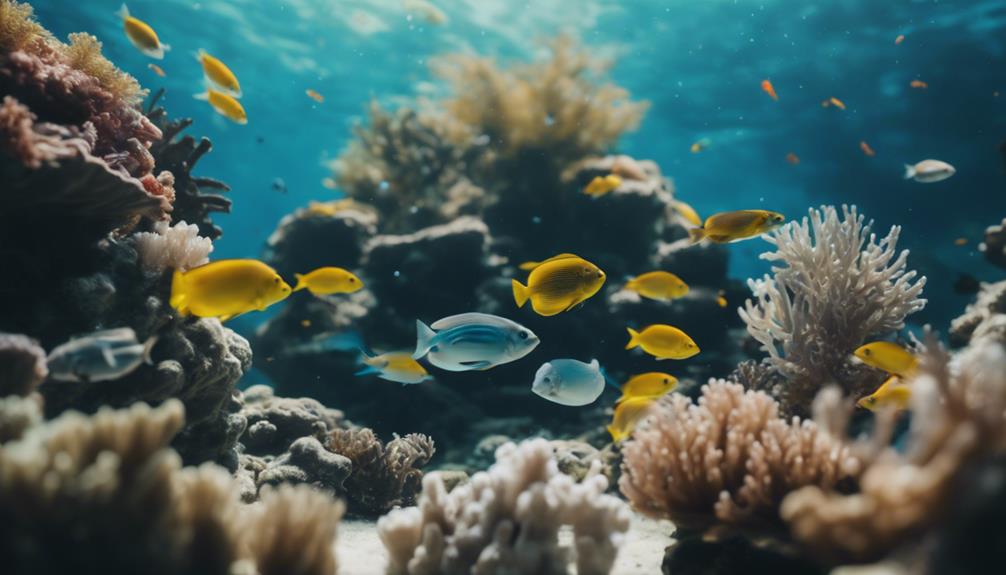Fly fishing in Montana is an experience that every angling enthusiast should have at least once in their lifetime. Known for its stunning landscapes and abundant fish populations, Montana offers some of the best fly fishing opportunities in the United States. In this guide, we will explore the various aspects of fly fishing in Montana, including its prime locations, techniques, gear, and tips for both beginners and seasoned anglers.
The Allure of Fly Fishing in Montana’s Rivers and Streams
Montana is home to an extensive network of rivers and streams, each offering unique fly fishing experiences. The state boasts renowned waters like the Madison River, Gallatin River, and Yellowstone River, which are famous for their crystal-clear waters and diverse ecosystems. The allure of fly fishing in Montana lies not just in the abundance of trout but also in the breathtaking scenery that surrounds these waterways. Anglers can enjoy the tranquil sound of flowing water, the sight of majestic mountains, and the chance to connect with nature in a way that is both peaceful and exhilarating.
Best Seasons for Fly Fishing in Montana
Understanding the best seasons for fly fishing in Montana is crucial for a successful trip. The prime season typically runs from late spring through early fall, with peak months being June, July, and August. During these months, hatches of various insects occur, making it an ideal time for anglers to catch trout actively feeding on the surface. However, spring and fall can also provide excellent fishing opportunities, often with fewer crowds. Winter fly fishing is less common but can yield impressive results for those willing to brave the cold. It’s important to check local fishing regulations and conditions, as they can vary by season and location.
Top Fly Fishing Locations in Montana
When it comes to fly fishing in Montana, there are several locations that stand out. The Madison River is often considered a top destination, known for its large populations of rainbow and brown trout. The Gallatin River is another popular choice, offering both gentle stretches and challenging rapids. The Yellowstone River, the longest river in the United States, provides stunning scenery and diverse fishing environments. For those looking for a more remote experience, the Bitterroot River and the Flathead River are excellent options. Each of these rivers has its own unique characteristics, so anglers should choose based on their skill level and fishing preferences.
Essential Fly Fishing Gear for Montana Anglers
Having the right gear is essential for a successful fly fishing trip in Montana. At a minimum, anglers should invest in a quality fly rod and reel suited for the type of fish they are targeting. A 5 to 6-weight rod is often recommended for trout fishing in Montana. Additionally, having a selection of flies that match local hatches is crucial. Popular choices include dry flies, nymphs, and streamers. Waders and boots are also important for navigating Montana’s rivers comfortably. Lastly, don’t forget essential accessories like tippet, leader line, and a fly box to keep your gear organized.
Techniques to Master for Fly Fishing in Montana
Mastering various fly fishing techniques will significantly enhance your chances of success in Montana’s rivers. One of the most effective methods is nymphing, where you present a subsurface fly to target fish feeding on insects below the surface. Dry fly fishing is another popular technique, especially during hatches when fish are actively rising. Streamer fishing can also be effective, particularly in the early morning or late evening when larger fish are more aggressive. Understanding the behavior of trout and adapting your techniques accordingly is key to making the most of your fly fishing experience in Montana.
How to Choose the Right Flies for Montana Waters
Selecting the right flies is vital for successful fly fishing in Montana. Local fly shops can provide valuable insight into what’s currently hatching and what flies are working best. A general rule of thumb is to have a variety of flies, including dry flies, nymphs, and streamers, to adapt to changing conditions. Popular patterns in Montana include Adams, Elk Hair Caddis, and Woolly Buggers. Additionally, observing the insects in the area can help you choose flies that mimic the local hatch. Remember, the right fly can make all the difference when it comes to enticing trout.
Tips for Successful Fly Fishing in Montana
To maximize your fly fishing experience in Montana, consider these expert tips. First, always practice catch and release to help preserve the fish population. Second, familiarize yourself with local fishing regulations, including seasonal restrictions and specific river guidelines. Third, pay attention to water temperature and conditions, as these can greatly affect fish behavior. Lastly, don’t hesitate to hire a local guide if you’re unfamiliar with the area. Guides can provide invaluable knowledge about the best spots, techniques, and gear to use for a successful day on the water.
Conclusion: Embrace the Adventure of Fly Fishing in Montana
Fly fishing in Montana is not just about catching fish; it’s about embracing the adventure and immersing yourself in the breathtaking beauty of the state’s landscapes. Whether you’re a seasoned angler or a beginner, there’s something for everyone in Montana’s rivers and streams. By understanding the best locations, mastering essential techniques, and selecting the right gear, you can create unforgettable memories on your fly fishing journey. So pack your rod, tie your flies, and get ready to experience the thrill of fly fishing in one of the most picturesque settings in the world.
